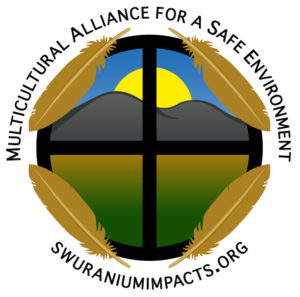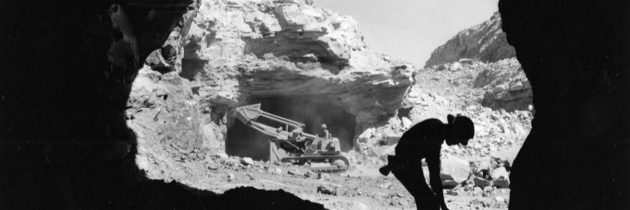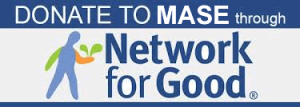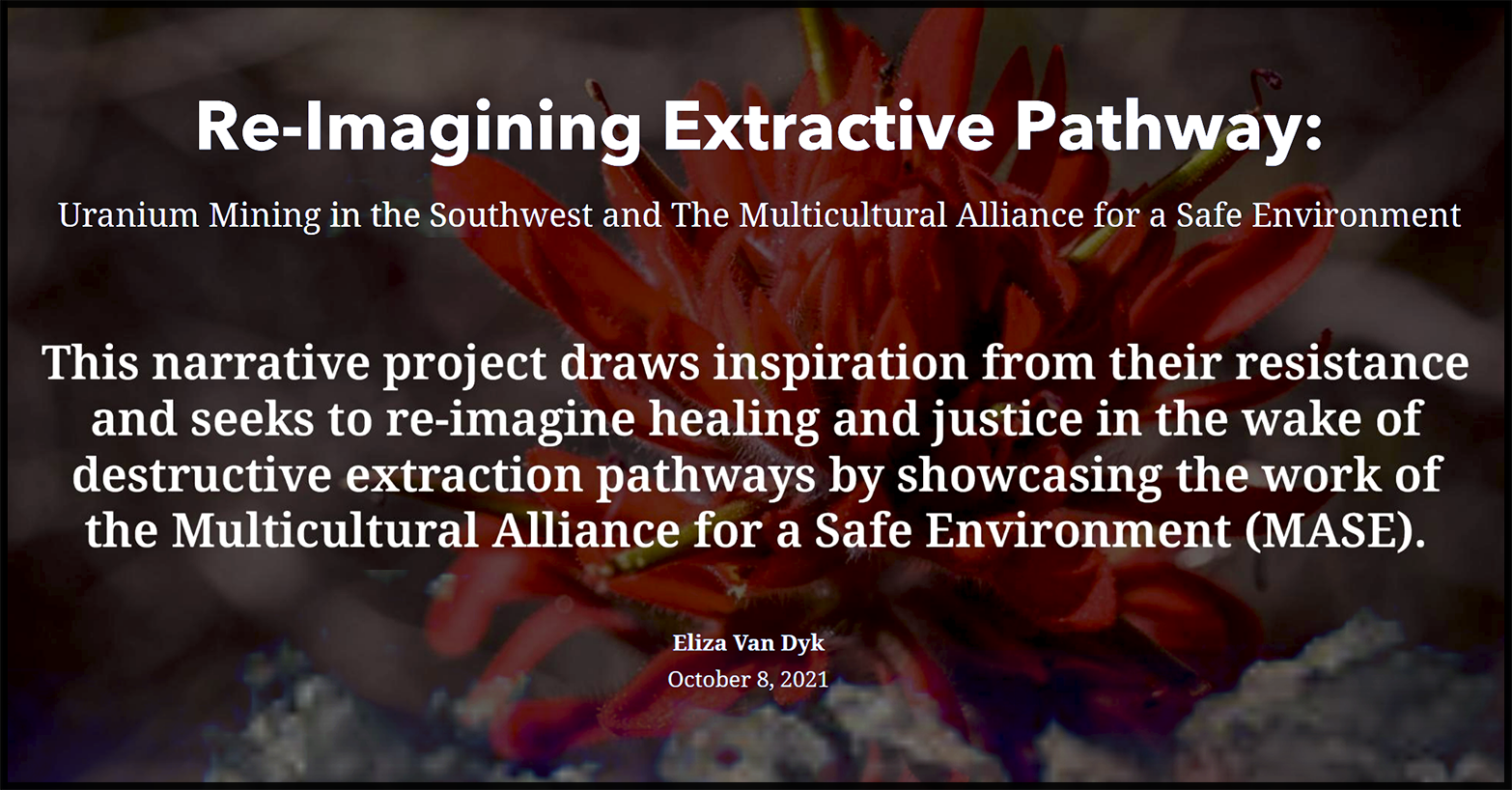Kids’ documentaries good for everyone involved
Gallup Independent Editorial – Dec 13, 2018
The uranium mining legacy of the region has had devastating effects on those who worked in uranium mines and those who live near the mines. Today, those who were exposed so long ago are seeing their children and grandchildren learn about how uranium affects humans. It is incredibly important for schools and families to educate children on the dark history of uranium mining in our area.
In Grants, community members sat down for an afternoon of education on the area’s history of uranium mining at the Grants Public Library Friday. Children and parents attended the event to understand their past.
During the event, elementary school students from St. Joseph Mission School shared their documentary-style videos on the subject. At least 10 St. Joseph’s students participated in the Multicultural Alliance for a Safe Environment’s Video Contest. They worked alone and in groups and researched their subject matter intensely. Not only were the acquiring new skills, their video projects were also part of a service learning initiative.
The students, some of whom live near uranium mines, interviewed their family members in their documentaries. The sixth-grade students conducted independent research and were not afraid to include themselves and their families in their videos. Almost all of the students interviewed their grandparents and other senior family members. For many, this may have been a sensitive subject, but it is important that the students were able to have this critical conversation with their relatives – many of whom probably never had their thoughts on their experience recorded. Students Raiden Martinez and Jimmy Nunez are from Laguna Pueblo and live near Jackpile Mine. Their documentary on uranium mining garnered them fourth place in the contest.
Student Merrick Kohn, whose documentary placed first, interviewed his grandmother who talked about her experience working in an office above a uranium mine.
Although she did not enter the mine, she, too, suffered side effects from having been exposed to uranium. In the video she explained how employees – miners and non-miners alike – discovered that their health was still adversely affected regardless of whether or not they entered the mine.
Second place winners Elijah Dah and Stevie Nunez interviewed St. Joseph Mission School Principal Antonio Trujillo. In that documentary, Trujillo gave a brief overview of his own post-1971 experience with the uranium mining industry.
Trujillo said he was surprised that the students showed great interest in the project and he wants to gear the students toward similar projects in the future. We think that’s a great idea because this issue is a worldwide problem that has had negative impacts on the environment and hundreds of millions of people and it is not addressed enough.
The Multicultural Alliance for a Safe Environment’s Video Contest awarded each winning contestant a share in prize money.
However, we hope that students will look beyond the value of the prize money and instead look forward to developing their newly-acquired skills. Interviewing people, conducting research and filmmaking is a form of storytelling and it is an integral part of human history. It is absolutely critical that storytellers – no matter what medium they choose – be encouraged to develop their skills because everyone has a story to tell.
In this space only does the opinion of the Gallup Independent Editorial Board appear.






